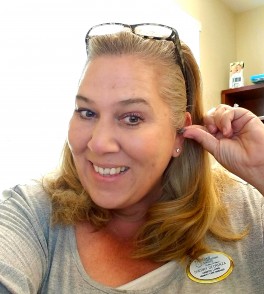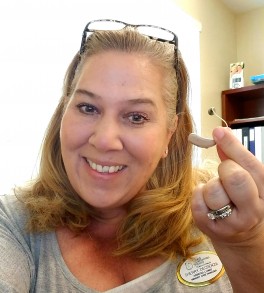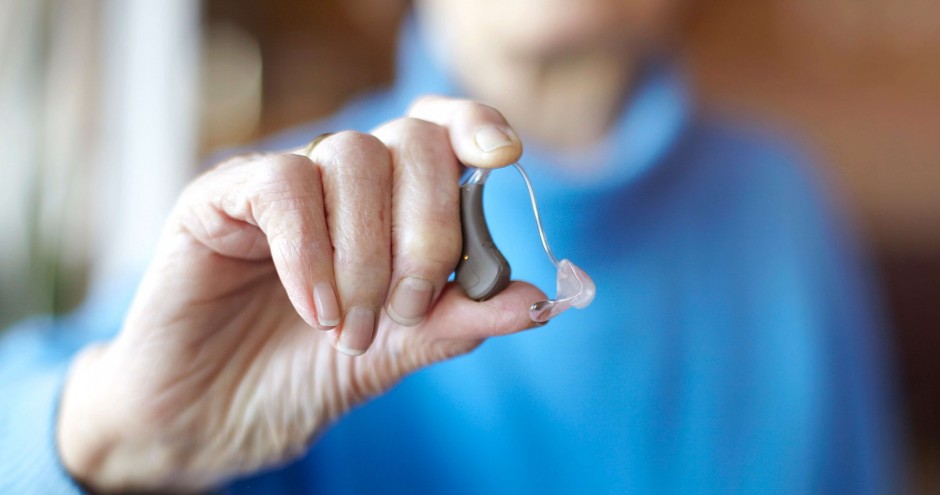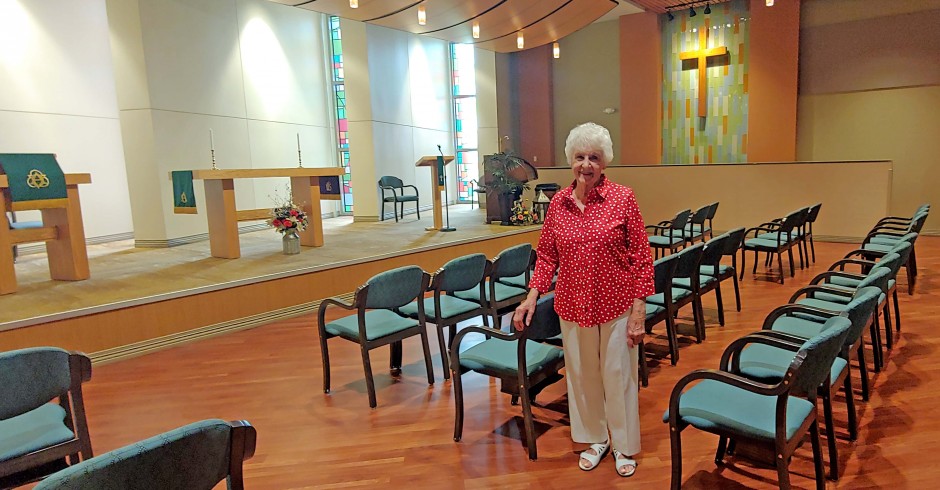This story is part of a series presented by the Good Samaritan Society addressing hearing loss and its effects on well-being.
When Sherry Decrenza put in her hearing aids for the first time at age 48, she felt like a child receiving glasses and viewing a world rich in color and detail, no longer blurry and indistinct.
I could hear noises that I have never heard and I felt like I was living life in high definition.” – Sherry Decrenza, Good Samaritan Society – Florida Lutheran assisted living and memory care manager
When she got home from the doctor’s office, she asked her daughter, who loves to sing, to perform a song for her.
“I had no idea how beautiful her voice was,” she says. “I had been missing out on so much.”

Struggling to communicate
Sherry was first diagnosed with a 50% hearing loss at age 36 caused by hereditary factors, but she waited 12 years before she got hearing aids. In the U.S., the average time between receiving an initial diagnosis and receiving treatment is 10 or more years.
Common reasons for waiting for treatment include not realizing how much hearing ability has been lost, wanting to avoid the stigma around wearing a hearing device and not being able to afford it.
When Sherry decided it was time to receive treatment, she had to take out a roughly $3,000 loan to cover the costs.
Before receiving hearing aids, Sherry was struggling to communicate with her staff at Good Samaritan Society – Florida Lutheran where she works as the assisted living and memory care manager.
I found that people thought I was being rude when I either cut them off while they were talking or when I seemed to ignore them completely. The problem was, I couldn’t hear them!” – Sherry Decrenza
After recommendations from her doctor, Sherry tried a few different styles before deciding on the best type of hearing aid to fit her needs. She had to learn to adjust to white noise, and different situations from loud to quiet environments.
When she told her co-workers and team, “it was eye opening to them, too, that I had a 50% hearing loss. I then wondered to myself, ‘How many people live with this?’”
Everyday activities bring a new sense of fulfillment

Being able to hear again also meant Sherry could engage more fully in everyday activities. It’s common for those with untreated hearing loss to more often avoid social situations that result in feeling isolated and lonely.
For Sherry, she would often choose laundry over watching a movie with her family to avoid having them turn up the volume, drawing attention to her impairment.
Now with her hearing aids, “I sit with my family and can watch movies, and I can go to the beach and hear the waves. It’s just amazing.”
A special connection with others
Sherry’s loss of hearing has also changed her perspective as a caregiver.
[Our residents] will say to me, ‘I’m sorry, I don’t hear very well,’ and I take out my hearing aids and say, ‘Me either!’ and that is usually followed by laughter." – Sherry Decrenza
Sherry also teaches her staff how to help residents put their hearing aids on, adjust the volume and assist with device maintenance. If a resident mentions not being able to hear well, her staff knows it’s a sign to check the hearing aid battery. For residents with arthritis, this can be a difficult task that needs a helping hand.
“As much as I wish I did not have this problem, it has helped me to make that special connection with my residents,” she says.
Find more hearing loss resources from symptoms to treatment



